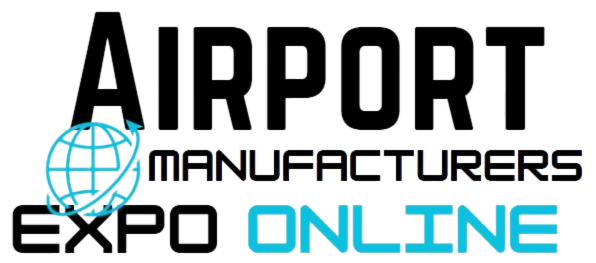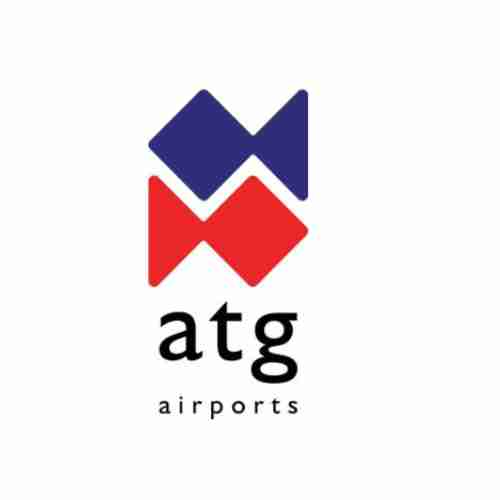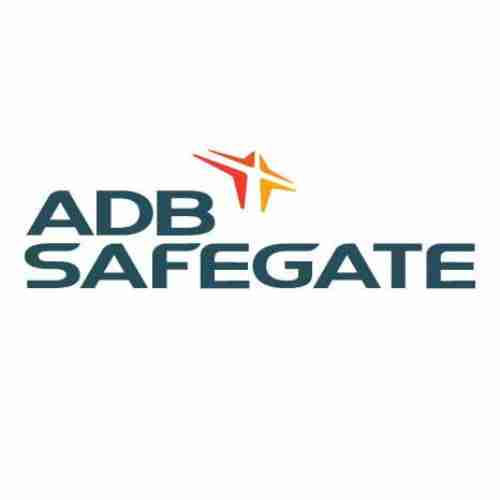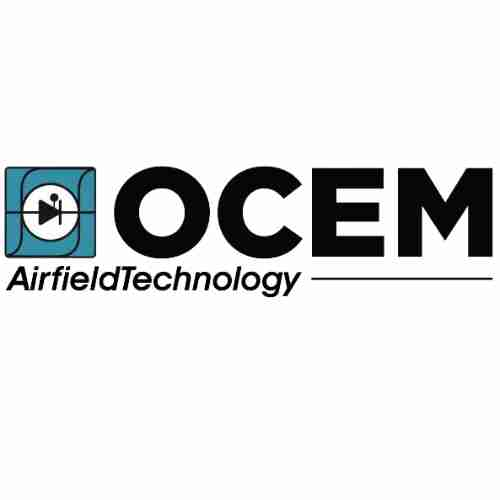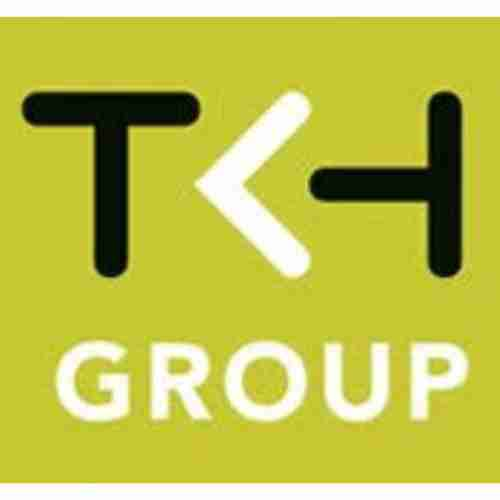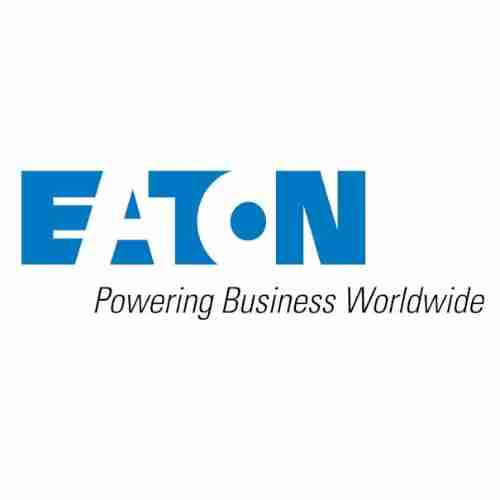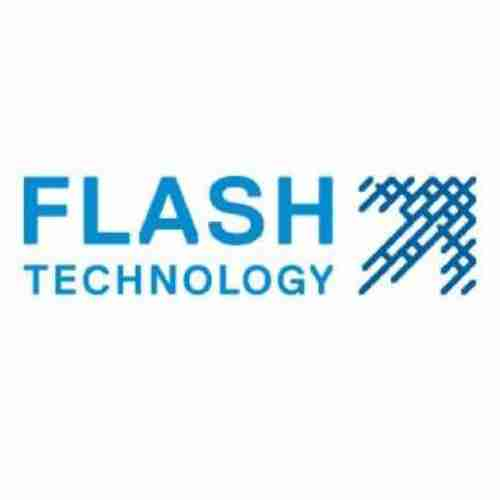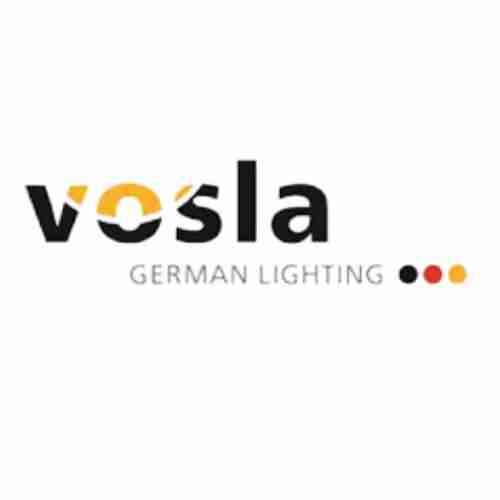Airfield Ground Lighting Runway and Taxiway in UK in 2025
Imagine yourself soaring through the night sky, the cityscape twinkling beneath you. But as the plane descends, a new spectacle emerges – a mesmerizing dance of light guiding you towards a safe landing. This intricate choreography is the magic of airfield ground lighting (AGL), the silent hero of nighttime aviation in the UK. In 2024, AGL systems are undergoing exciting advancements, making UK airports even more efficient and safe.
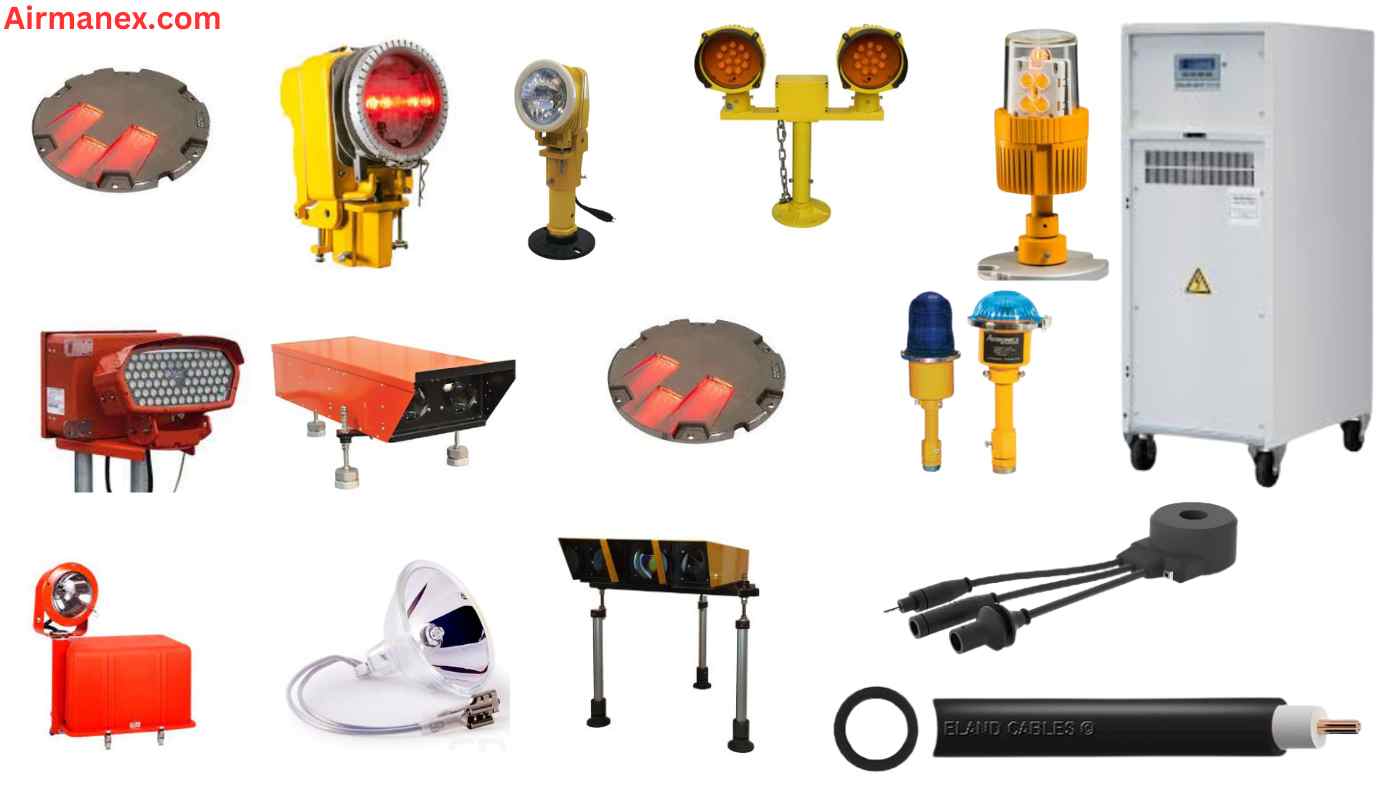
A Breakdown of the Key Players
An AGL system is a meticulously designed symphony, with each element playing a crucial role. Here are some of the key players in this illuminating performance:
- LED Runway Lighting: The stars of the show, LED runway lights are rapidly replacing traditional halogen lamps. These energy-efficient fixtures boast superior brightness, directional precision, and a longer lifespan. Their cooler operation also minimizes environmental impact.
- Runway Edge Lights: These are the guiding beacons that line the edges of the runway, typically white or yellow. They provide clear demarcation for pilots, ensuring they stay on course during takeoff and landing.
- Taxiway Centerline Lighting: Imagine a glowing yellow or white line snaking its way through the taxiway network. This is the taxiway centerline lighting, providing pilots with a precise path during taxiing maneuvers, especially in low-visibility conditions.
- Precision Approach Path Indicator (PAPI) Lights: As the name suggests, these specialized lighting systems project a visual glidepath for pilots during approach. PAPI lights typically consist of four light units that appear white, red, or a combination of both, depending on the aircraft’s position relative to the ideal descent path.
- Runway Status Lighting (RWSL): Imagine a red cross-shaped light formation at the runway end. This is the RWSL, a vital safety measure that clearly indicates a runway closure or unavailability for landing.
Exploring Advanced AGL Systems
The AGL world extends far beyond the fundamental lighting systems. Here are some fascinating advancements currently transforming UK airports:
- In-Pavement Runway Lights: Imagine tiny beacons embedded directly within the runway surface. This innovative technology provides excellent guidance and superior serviceability compared to traditional elevated fixtures.
- Solar-Powered Airfield Lighting Systems: Sustainability takes flight with solar-powered AGL systems. These eco-friendly solutions are particularly valuable for remote airfields, reducing reliance on the grid and minimizing the carbon footprint.
- Pilot-Controlled Lighting Systems: Empowering pilots, these systems allow them to adjust the intensity of taxiway and runway edge lighting to suit their needs. This flexibility enhances safety and comfort during low-visibility operations.
Design, Installation, and Maintenance
A successful AGL system relies not just on the technology itself, but also on the expertise behind it. Here’s a glimpse into the crucial roles that ensure smooth operations:
- Airfield Lighting Design and Installation: Meticulous planning and flawless installation are paramount. AGL design teams take into account factors like runway length, visibility requirements, and ICAO (International Civil Aviation Organization) compliance to create a comprehensive and safe lighting layout.
- Airfield Lighting Maintenance and Repair: Just like any complex system, AGL requires regular maintenance and prompt repairs. Trained technicians ensure the continued functionality and optimal performance of the lighting infrastructure.
- FAA Compliance Testing for Airfield Lighting (applicable to US regulations): While the UK Civil Aviation Authority (CAA) governs regulations in the UK, understanding the broader context of lighting compliance is valuable. In the US, the Federal Aviation Administration (FAA) conducts rigorous testing to ensure AGL systems meet safety standards.
- Airfield Lighting Control Systems: The maestro of the AGL symphony, the control system allows for centralized management and adjustment of lighting intensity. This enables efficient operation and ensures the right lighting configurations for various weather conditions.
- Airport Lighting Retrofit Projects: As technology evolves, existing AGL systems can be upgraded with more efficient LED fixtures or integrated with advanced control systems. These retrofit projects breathe new life into existing infrastructure, enhancing safety and operational efficiency.
General Price idea
- LED Runway Edge Lighting: Per linear meter, expect a range of £30-£50 (approx. $36-$60 USD). The total cost will depend on the runway length.
- Taxiway Centerline Lighting: Similar to runway edge lights, expect a range of £20-£40 (approx. $24-$48 USD) per linear meter. The cost will vary depending on the taxiway length and complexity.
- Precision Approach Path Indicator (PAPI) Lights: These are typically sold as a complete system, with prices ranging from £20,000-£50,000 (approx. $24,000-$60,000 USD) depending on the configuration.
- Runway Status Lighting (RWSL): As a single lighting assembly, expect a range of £5,000-£10,000 (approx. $6,000-$12,000 USD).
The Future of AGL in UK Airports
The future of AGL in UK airports is brimming with exciting possibilities. Here are some trends to watch:
- ICAO Compliant Airfield Lighting: ICAO sets international standards for civil aviation, including AGL. As technology advances, AGL systems will continue to evolve to meet the ever-evolving ICAO regulations.
- Military Airfield Lighting Systems: Military airfields have unique lighting requirements. Advancements in AGL technology will cater to these specific needs, ensuring the safety of military operations at night.
FAQs
How much does AGL for a runway and taxiway cost in the UK?
The cost varies depending on size, complexity, and lighting type. Expect £30-£50 per meter for LED runway edge lights and £20-£40 for taxiway centerline lights. Precision Approach Path Indicators (PAPI) range from £20,000-£50,000, and Runway Status Lighting (RWSL) is around £5,000-£10,000.
What are the benefits of LED lighting for AGL systems in the UK?
LEDs offer superior brightness, directional precision, and a longer lifespan compared to traditional halogen lamps. They’re also more energy-efficient, reducing operational costs and environmental impact.
Who ensures the proper functioning of AGL systems in UK airports?
A team effort! AGL design specialists create the layout, while trained technicians handle installation and maintenance. Airfield lighting control systems allow for centralized management, and regular testing guarantees adherence to UK Civil Aviation Authority (CAA) regulations.
